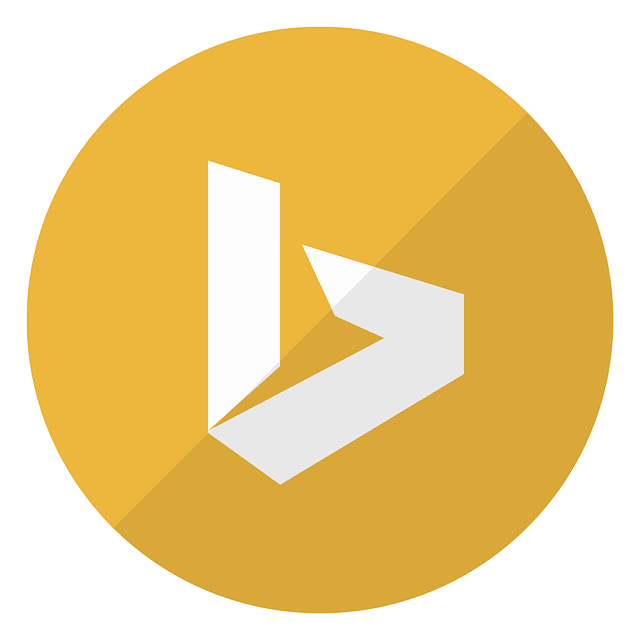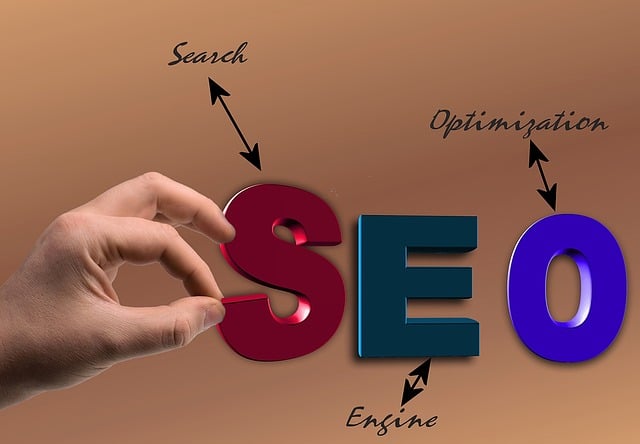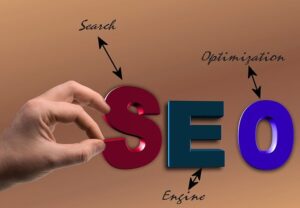On-Page SEO is a critical strategy for boosting website visibility and attracting targeted traffic through search engines by optimizing individual web pages. This involves enhancing content, meta tags, load speed, and data structure to align with user search intent. Key practices include keyword optimization (researching and integrating relevant keywords naturally), crafting compelling title tags and meta descriptions, structuring websites for intuitive navigation, creating high-quality content, using structured headers, and optimizing images. Regular audits and updates are essential in a dynamic digital landscape to stay competitive and maintain strong organic search rankings.
On-Page SEO is the cornerstone of any digital marketing strategy aiming to improve organic search rankings. This comprehensive guide delves into the essential elements that underpin successful on-page optimization. From understanding the fundamentals of keyword optimization and mastering title tags, to structuring your website for seamless navigation and creating high-quality content, each section offers actionable insights. By implementing these strategies effectively, businesses can enhance their online visibility, attract target audiences, and drive sustainable growth.
Understanding On-Page SEO: The Foundation of Organic Growth

On-Page SEO forms the bedrock upon which organic growth is built, focusing on optimizing individual web pages to rank higher and earn more relevant traffic from search engines. It involves a strategic approach to crafting content that not only appeals to users but also aligns with the intent behind their search queries. By implementing best practices for On-Page SEO, you can significantly improve your site’s visibility and its ability to attract the right audience.
This strategy delves into various elements such as keyword research, optimizing meta tags, creating high-quality content, ensuring page load speed, and structuring data in a way that search engines understand. Each of these aspects plays a crucial role in how search algorithms perceive and rank your pages. When done effectively, On-Page SEO becomes a powerful tool to drive organic traffic and ultimately, enhance your website’s online presence and its potential to convert visitors into customers.
Keyword Optimization: Selecting the Right Words for Your Target Audience

Keyword optimization is a vital strategy in On-Page SEO, aiming to improve organic search rankings by aligning your content with user search queries. The first step involves understanding your target audience’s language and intent. Conduct thorough keyword research to identify relevant terms and phrases that your potential customers are using when searching for products or services similar to yours. This includes long-tail keywords, which can drive highly targeted traffic and often have less competition.
By strategically placing these keywords in your page titles, headings, meta descriptions, and throughout your content, you signal to search engines that your webpage is relevant to specific user searches. It’s crucial to balance keyword density and natural language flow, ensuring your content reads well and provides value to readers while adhering to search engine guidelines.
Mastering Title Tags and Meta Descriptions: Crafting Compelling Headlines

Title tags and meta descriptions are crucial elements in on-page SEO that can significantly impact your site’s visibility in search results. These elements serve as the first touchpoint with potential visitors, so crafting compelling headlines is essential for improving organic search rankings.
A well-optimized title tag should accurately reflect the content of a page while incorporating relevant keywords naturally. It needs to be concise, typically under 60 characters, and include a call-to-action or benefit that entices users to click. On the other hand, meta descriptions provide a brief summary of the page’s content, aiming to convince searchers that your result is what they’re looking for. Keep meta descriptions around 150-160 characters long, also incorporating keywords strategically, to ensure they display attractively in search results and drive more clicks.
Optimizing Website Structure: Navigating with Ease for Users and Search Engines

A well-structured website is a cornerstone of On-Page SEO, designed to enhance user experience and improve organic search rankings. When users navigate a site effortlessly, they tend to spend more time on it, reducing bounce rates and indicating to search engines that the content is valuable and relevant. Website structure should be intuitive, with clear categories and subcategories that reflect the hierarchy of information. This ensures that both people and search engine algorithms can easily find their way through the site’s labyrinthine paths.
For instance, a travel blog might organize content into main sections like “Destination Guides,” “Travel Tips,” and “Equipment Reviews.” Each section could then be divided further into subtopics, making it simple for readers to explore specific areas of interest and for search engines to understand the context of each page. This structured approach not only facilitates seamless user navigation but also helps search engine crawlers index the site’s content more effectively, ultimately boosting its visibility in search results.
Content Creation: Developing High-Quality, SEO-Friendly Material

Creating high-quality content is a cornerstone of effective on-page SEO, ultimately aiming to improve organic search rankings. Go beyond merely optimizing keywords; instead, focus on crafting material that offers genuine value to your target audience. Engaging, informative, and well-structured content not only satisfies user intent but also encourages longer visitor durations and lower bounce rates—all strong signals to search engines that your site is a valuable resource.
When developing SEO-friendly content, incorporate keywords naturally throughout your text, ensuring they appear in titles, headings, meta descriptions, and the main body. However, avoid keyword stuffing, as it can lead to poor user experience and potential penalties from search engines. Instead, focus on creating content that is inherently readable, shareable, and aligned with the topics your audience cares about.
Utilization of Header Tags: Adding Structure to Your Content

Adding structure to your content using header tags is a powerful strategy to improve organic search rankings. These tags, denoted by
to
, provide a clear hierarchy and organization to your web page, making it easier for both search engines and users to understand the main topics discussed. The `
` tag should encapsulate the primary keyword or phrase, representing the central topic of the content, while subsequent headers (`
`, `
`, etc.) break down subtopics, offering a logical flow of information.
` tag should encapsulate the primary keyword or phrase, representing the central topic of the content, while subsequent headers (`
`, `
`, etc.) break down subtopics, offering a logical flow of information.
`, etc.) break down subtopics, offering a logical flow of information.
This structured approach not only enhances readability but also signals to search engines that your content is well-organized and relevant. By strategically placing header tags, you can highlight important sections, making it more likely for search algorithms to index and rank your page higher in result lists, ultimately driving increased organic traffic.
Image Optimization: Enhancing Visuals for Better Rankings

Image optimization plays a significant role in enhancing your website’s on-page SEO and subsequently, its potential to improve organic search rankings. When search engines crawl websites, they consider various factors, including visual elements like images. Optimizing these visuals can make your site more appealing to both users and search algorithms. One key aspect is ensuring your images are compressed without losing quality to reduce page load times. Faster loading pages are favored by search engines and improve user experience, a factor that directly impacts rankings.
Additionally, using descriptive file names and alt tags for images provides valuable context to both visitors and search crawlers. These tags should accurately describe the image’s content, incorporating relevant keywords naturally. This strategy helps search engines understand your page’s topic, boosting its relevance in search results for specific queries. Effective image optimization, when combined with other on-page SEO best practices, can drive up your website’s visibility and attract more organic traffic.
Regular Audits and Updates: Staying Relevant in a Dynamic Digital Landscape

In today’s dynamic digital landscape, where search algorithms evolve rapidly, regular audits and updates are essential to maintain and improve organic search rankings. Websites that remain static risk becoming irrelevant; search engines prioritize fresh content that offers value to users. Regularly evaluating your on-page SEO elements allows you to stay ahead of the curve by identifying areas for optimization.
Through frequent audits, you can ensure that meta titles and descriptions are tailored to current trends and user preferences. Keyword research plays a crucial role here; staying up-to-date with relevant keywords helps in attracting the right audience. Additionally, updating content to reflect new industry developments or changes in user behavior directly impacts your site’s visibility in search results, ultimately enhancing its competitiveness and relevance.
